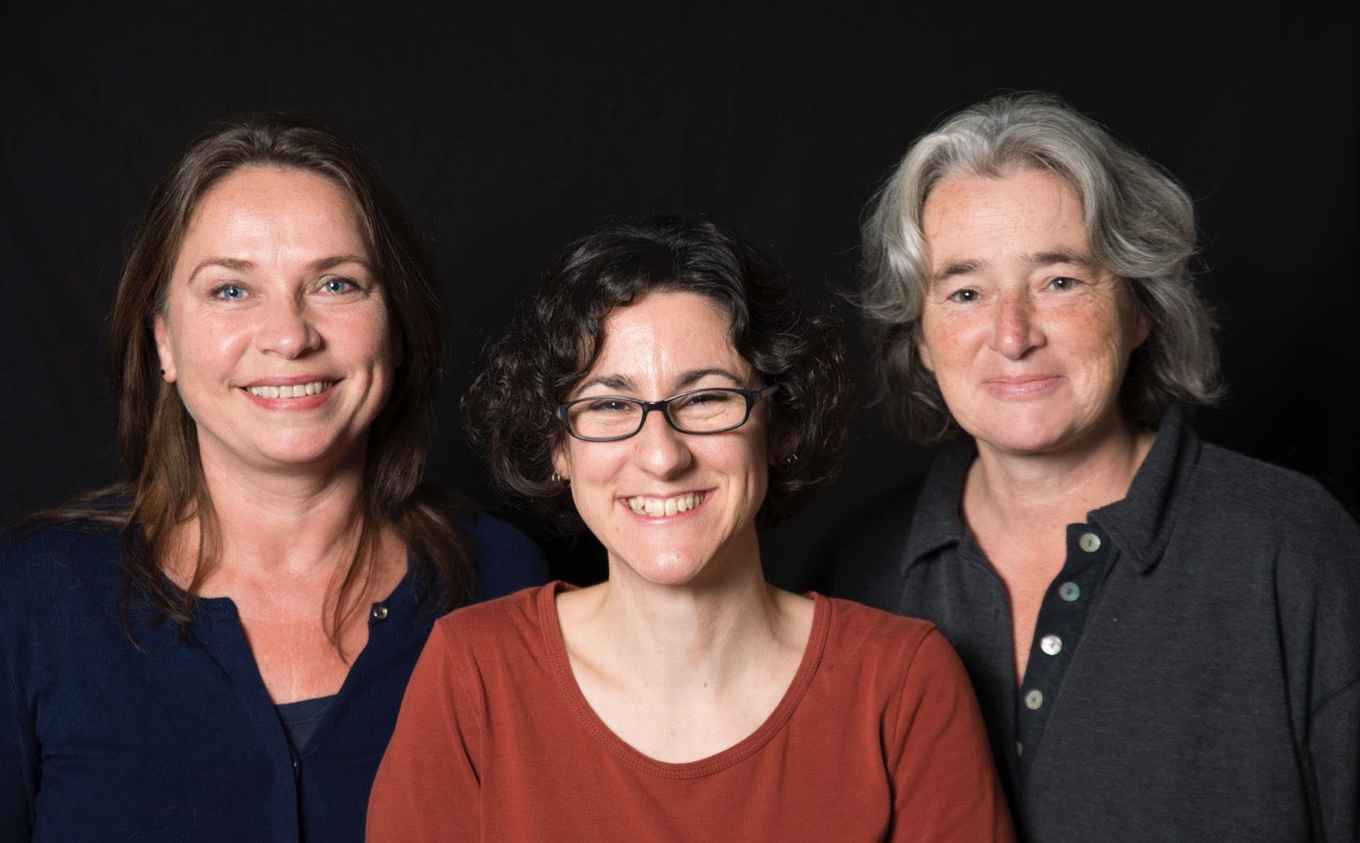The ANHER Project
Integration
The Archeological and Natural Heritage project (ANHER) focuses on improving skills for professionals in the archaeological and natural heritage sectors, using an interdisciplinary approach towards landscape heritage management. This approach aims to develop new knowledge, new practice and new policy. The project aspires to influence common practice through better understanding of the environmental impact of archaeological heritage and significance of natural heritage.
Vocational Training
The ANHER project will produce a range of integrated didactic materials covering pertinent aspects of both sectors. This in turn can lead to an improvement of the methodology of content preparation and delivery of education and vocational training. This is to meet the needs of rapidly changing modes of protection and management of archaeological and natural heritage sectors. This also includes the significance of integrated heritage in spatial planning and regional development policies in the Netherlands and Europe.

Centres of Excellence
In order to make the delivery of this new content sustainable, the project intends to establish European Centres of Integrated Heritage Teaching Excellence, for which a business plan will be developed. These Centres provide an organizational structure to educational activities and effectively use different methods of blended learning for different job markets. Developing and upgrading vocational skills in landscape management and protection of archaeological and natural heritage is a must for both fields. Especially taking into account the dynamically changing roles of heritage in contemporary Europe.
Blended Learning
The concept of this project is an investment that spans over ten years in innovative academic education. The previous projects 2007-2009 and 2010-2012 outline the concepts of blended learning and distance learning processes in archaeology. They also provide the technical base for the current content of two new curricula, ‘Integrated Archaeological and Natural Heritage in Contemporary Europe’ and ‘Training the Trainers in Distance Learning’. These include ten modules covering specific topics, case studies, literature, films, animations and blogs. The project intends to create the Centres of Excellence for both online and offline meetings to improve knowledge exchange within the field of cultural and natural heritage management. In this, the project fits in the current discussion on how blended learning might be used to shape education innovation at the university and how it should be integrated into practice and vision on teaching and learning.
Project results
The project is recognized by the Directorate General for Education, Youth, Sport and Culture of the European Commission as one of the most successful Erasmus+ culture heritage projects.
See for all project results: Erasmus+ project results.
Publications
Forthcoming in April 2019: ‘The Natural and the Cultural. An Integrated Approach to Landscape Heritage Management’. This is a special issue of Ex Novo, Journal of Archaeology (Archaeopress).
The volume will contribute to the debate on the new role of heritage in an ever changing framework for land use, infrastructural investment and sustainable development of the environment at national and international levels. All contributions are based on the papers presented in two sessions at the EAA annual meeting in Maastricht 2017.
A uthors: Heleen van Londen; Arkadiusz Marciniak; Rosa Martinez; Karl Cordemans, Emmet Byrnes & Cees van Rooijen; Kornalia Kajda; Mikel Edeso & Andrea Travaglia; Bas Pedroli; Michael Heilen & Jeff Altschul; Åsa Ahrland; Marjo Schlaman.
Acknowledgments
The project is co-funded by the Erasmus+ programme of the European Council (2014-1-PL-KA202-003565).
Participants:
- Adam Mickiewicz University in Poznań (Poland)
- Aranzadi Society of Sciences, San Sebastian (Spain)
- Landward Research Ltd, Sheffield (UK)
- InEuropa srl, Modena (Italy)
- A Rocha pt, Mexilhoeira Grande (Portugal)
- University of Amsterdam (The Netherlands)
More information
